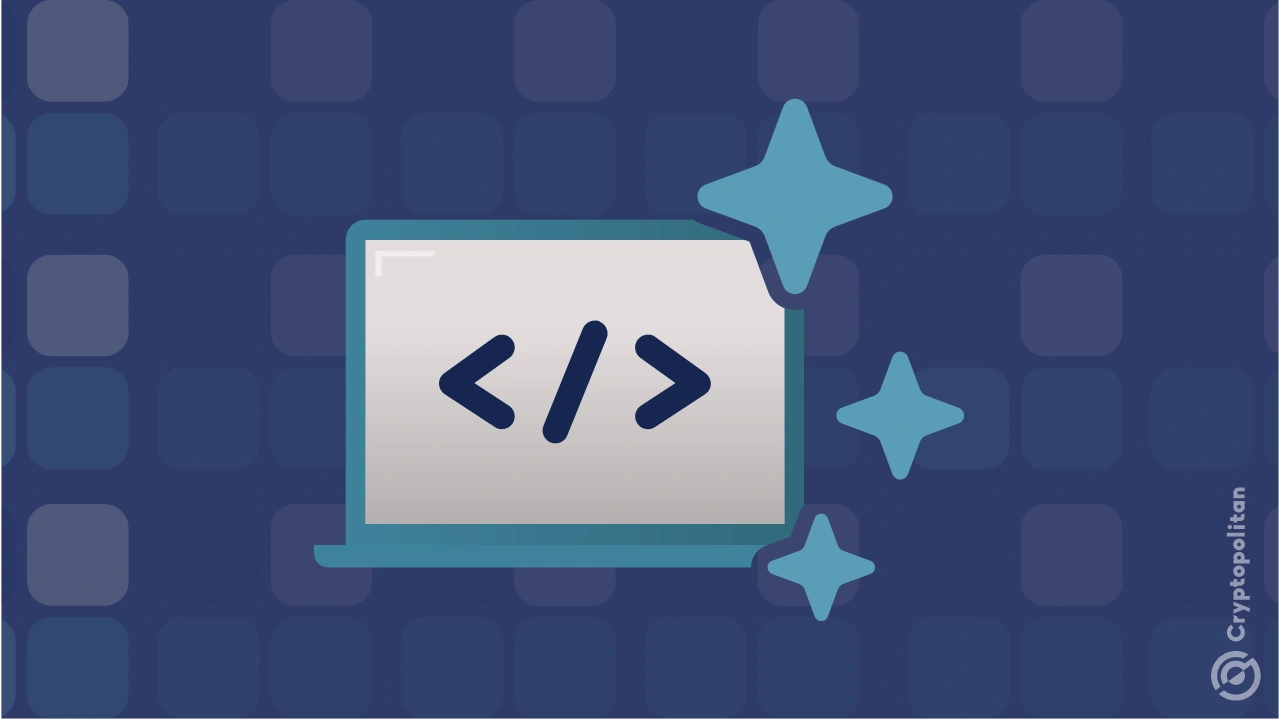Ilya Sutskever, a prominent figure in the world of artificial intelligence, has been making headlines recently for his cautious approach towards AI development, particularly in contrast to the risk-taking stance of Sam Altman, CEO of OpenAI.
This dichotomy of views has triggered a significant reshuffle in the leadership of the organization. In this article, we delve into Ilya Sutskever’s background, career, and the factors fueling his skepticism about AI.
Born in Soviet Russia in 1986 and raised in Jerusalem from the age of 5, Ilya Sutskever’s academic journey led him to the University of Toronto. There, he earned a Bachelor of Science in mathematics in 2005, followed by an MSc in computer science in 2007.
He continued his pursuit of knowledge and obtained a Doctor of Philosophy in computer science in 2013. Sutskever’s early work at the University of Toronto was marked by experimental software that generated nonsensical Wikipedia-like entries.
Sutskever’s career took a significant turn in 2012 when he co-authored a groundbreaking paper with Alex Krizhevsky and Geoffrey Hinton, his doctoral supervisor, often referred to as the ‘godfather of AI.’ This collaboration led to the creation of AlexNet, a deep learning algorithm that demonstrated unprecedented pattern recognition capabilities. This project, named AlexNet, showcased the immense potential of deep learning in solving pattern recognition problems.
Transition to Google and contributions
Impressed by their pioneering work, Google swiftly recruited Sutskever and his fellow researchers. At Google, Sutskever continued to push the boundaries of AI. He extended AlexNet’s pattern recognition capabilities from images to words and sentences, showcasing the versatility of this technology. Additionally, he played a pivotal role in the development of TensorFlow, an advanced open-source platform for machine learning.
In less than three years at Google, Ilya Sutskever was lured away by Elon Musk, the CEO of Tesla, to co-found and serve as the chief scientist at OpenAI, a non-profit AI company. Musk, a co-founder of OpenAI, shared Sutskever’s concerns about the potential dangers of AI. Musk’s departure from OpenAI in 2018, citing a conflict of interest with Tesla, left Sutskever at the helm of the organization.
Growing caution about AI safety
During his tenure at OpenAI, Sutskever became increasingly focused on AI safety. He advocated for allocating more resources within the company to address the risks associated with AI systems. Notably, he led OpenAI’s Superalignment team, which dedicated 20% of computing power to managing AI-related risks.
The clash between Sutskever’s cautious approach and Sam Altman’s desire for rapid AI development came to a head within OpenAI’s leadership. Sutskever and like-minded board members orchestrated Altman’s removal, temporarily replacing him with Emmett Shear, who shared a more cautious stance. However, this decision was short-lived, as Sutskever later expressed regret for his role in the events, leading to Altman’s reinstatement as CEO.
Ilya Sutskever’s skepticism about AI safety is deeply rooted in his belief in the potential dangers of unchecked AI development. He has expressed concerns about the rapid deployment of powerful AI models, such as ChatGPT, and the need for robust safety measures.
Sutskever’s dedication to ensuring AI’s responsible development is evident in his statements to OpenAI employees, where he emphasized the importance of feeling the impact of AGI (Artificial General Intelligence) in daily life.
Balanced optimism and cynicism
Sutskever’s views on AI are characterized by a unique balance of optimism and cynicism. He envisions AI as a solution to many of humanity’s current problems, including unemployment, disease, and poverty. However, he acknowledges the potential downsides, warning of issues like the proliferation of fake news, extreme cyber attacks, and the development of fully automated AI weapons. His concerns extend to the governance of AGI, emphasizing the importance of correct programming to prevent undesirable outcomes.
Unlike some extreme views within the AI community that predict catastrophic scenarios, Sutskever holds a more moderate perspective. He compares the relationship between humans and AGIs to the way humans interact with animals. While humans have affection for animals, they do not seek permission from animals when building infrastructure like highways. Similarly, Sutskever suggests that humans may prioritize their own needs when it comes to AGIs.





